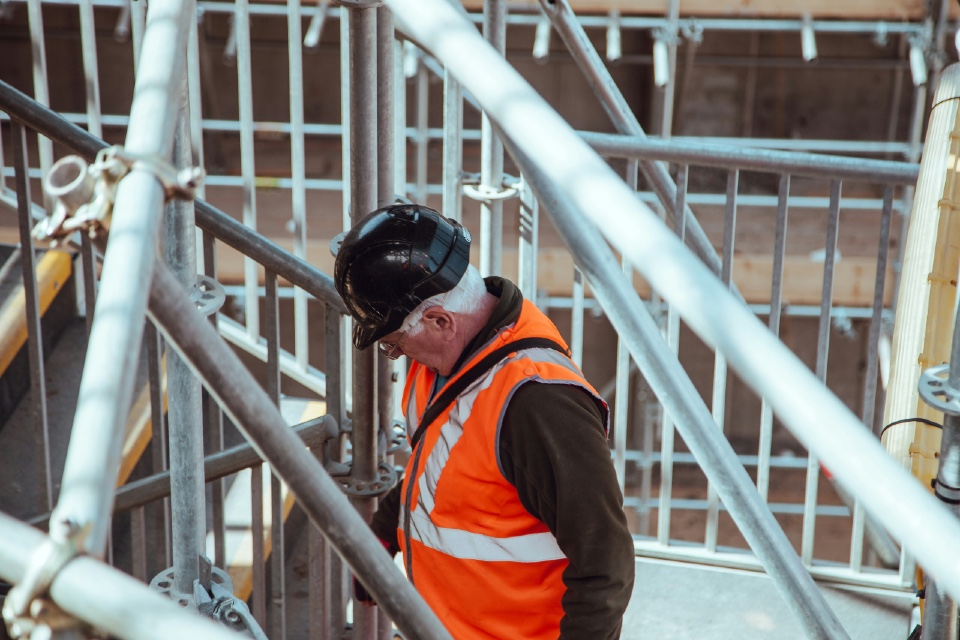Many woodworking businesses are endangering workers’ lives by failing to implement the measures required to prevent or control exposure to wood dust, according to the Health and Safety Executive (HSE).
Supported by HSE’s Dust Kills campaign, which provides free advice to businesses and workers on the control measures required to prevent exposure to dust, HSE inspectors across Great Britain will be visiting businesses within woodworking industries such as sawmilling, manufacture of composite boards, and carpentry, focusing on the dangers of respiratory risks from wood dust.
Woodworking industries have the potential for high incidence rates of occupational ill-health caused by worker exposure to inadequately controlled wood dust in the workplace, such as sino-nasal cancer, occupational asthma and dermatitis.
Throughout 2023/24, inspectors will be looking for evidence that employers have considered the control measures required to reduce workers exposure to wood dust, that workers understand the risks of exposure to wood dust, and effective control measures have been put in place to protect workers from harm. Inspectors will take enforcement action when necessary to make sure workers are protected.
In 2022/23, HSE carried out more than 1,000 woodworking inspections and found 78% of businesses were not compliant in protecting workers from respiratory sensitisers (primarily dust from hardwoods, softwoods and composite materials such as MDF). This resulted in 402 enforcement actions taken by HSE, highlighting particular areas of concern around provision and use of suitable Respiratory Protective Equipment (RPE) and Local Exhaust Ventilation (LEV), as well as the administration of health surveillance.
HSE’s head of manufacturing David Butter said: “Around 12,000 workers died last year from lung diseases linked to past exposure from work, and there are an estimated 19,000 new cases of breathing and lung problems each year, where individuals regarded their condition as being caused or made worse by work.
“Wood dust can cause serious health problems. It can cause asthma, which carpenters and joiners are four times more likely to get compared with other UK workers, as well as sino-nasal cancer. Our campaign aims to help businesses whose workers cut and shape wood to take action now to protect their workers’ respiratory health.”
HSE inspections in 2022/23 identified four main areas of concern, where businesses failed to adequately implement the control measures required to protect workers. These were housekeeping (including dry sweeping of wood dust), Local Exhaust Ventilation (LEV) maintenance and thorough examination, selection of and face fit testing for Respiratory Protective Equipment (RPE), and health surveillance for exposure to wood dust.
Butter added: “Through visiting woodworking businesses, our inspectors are able to speak to a range of employers and look at the measures they have in place to comply with the guidance and protect workers from respiratory diseases such as occupational asthma and sino-nasal cancer.
“Our inspection initiative aims to ensure employers and workers are aware of the risks associated with the activities they do. They must recognise these dangers and manage these risks through reducing exposure. Employers need to do the right thing, for example, through completing a risk assessment, ensuring workers are trained, reducing exposure using LEV and using suitable RPE to protect workers, where required.”







